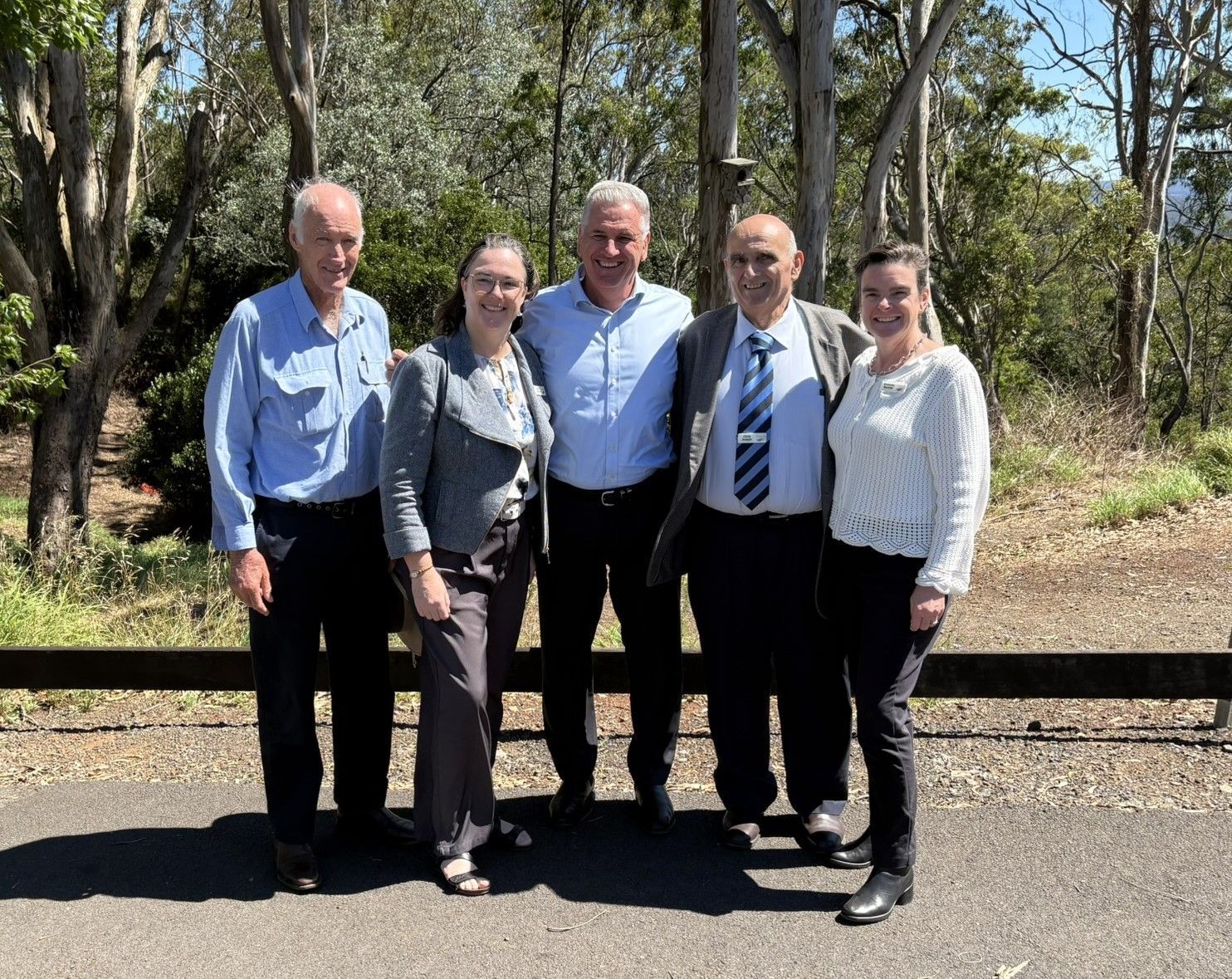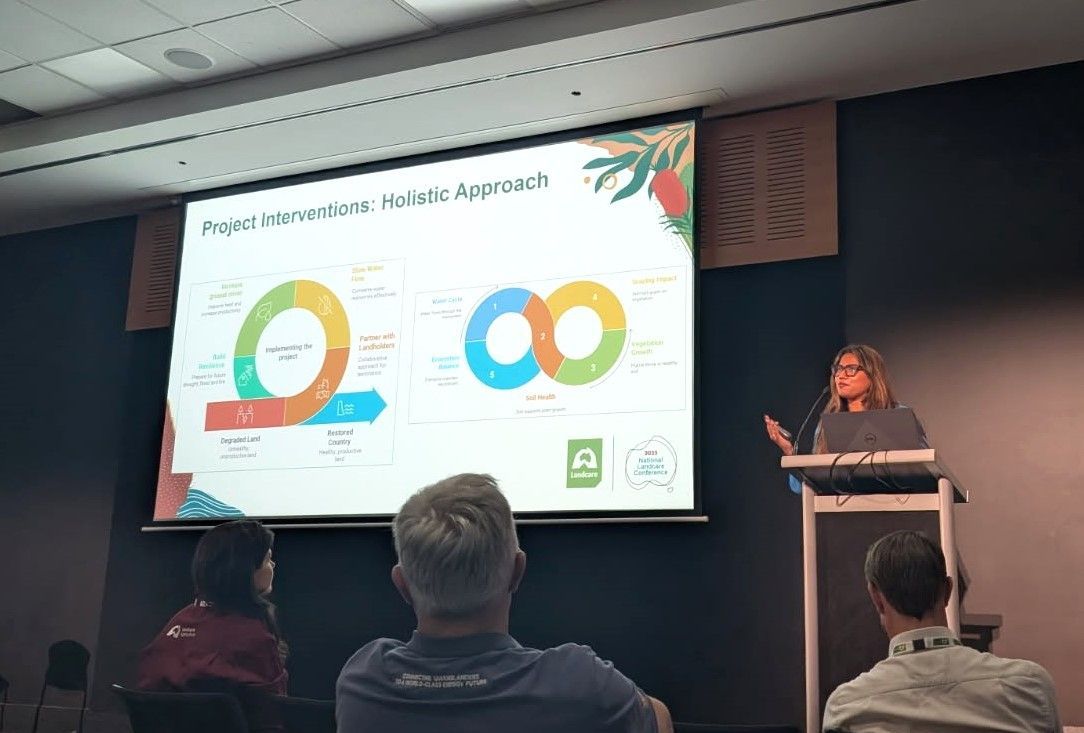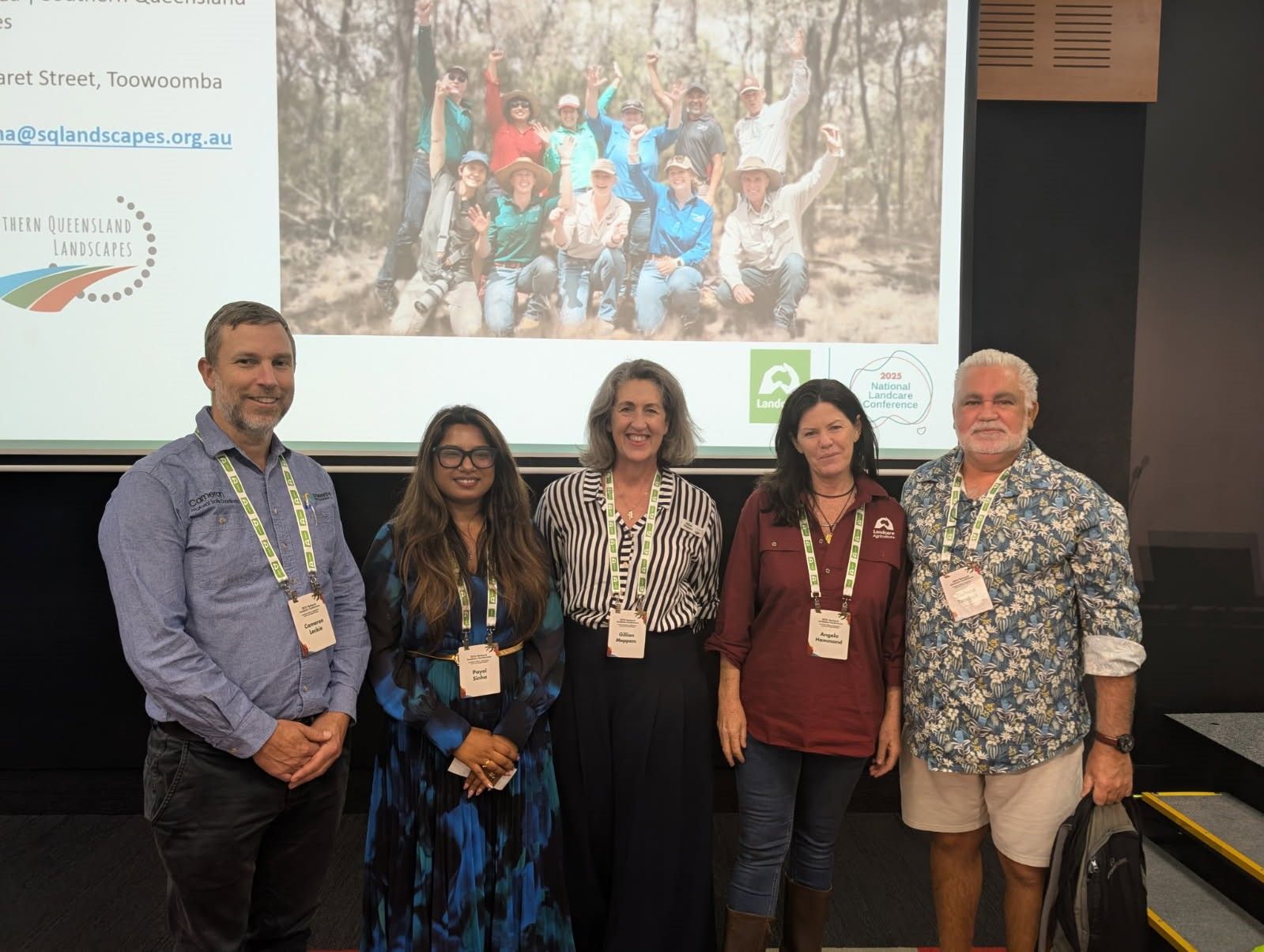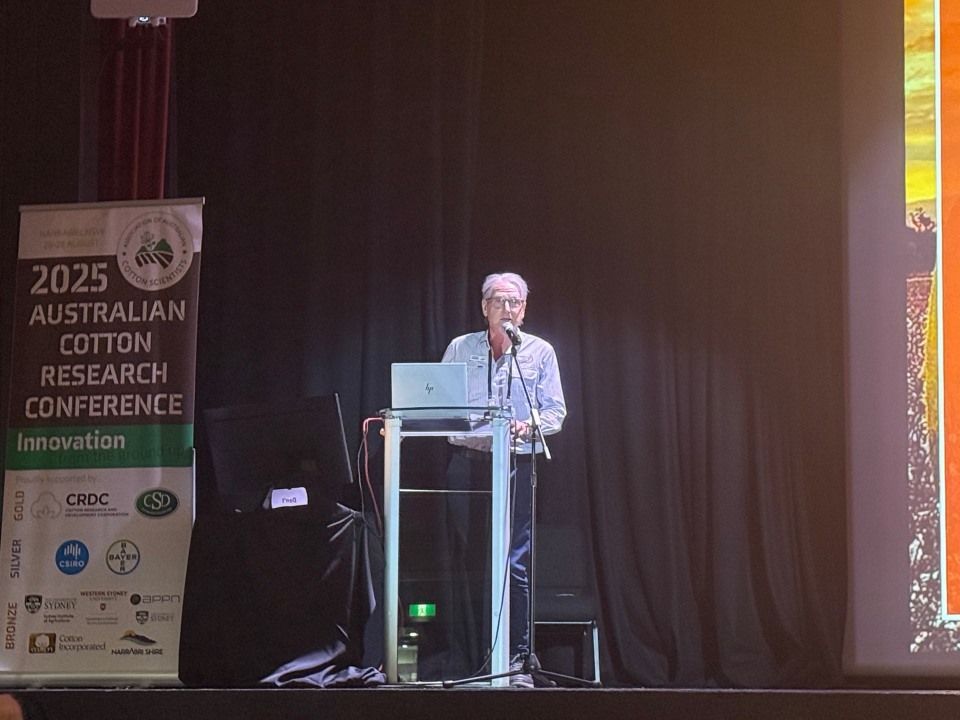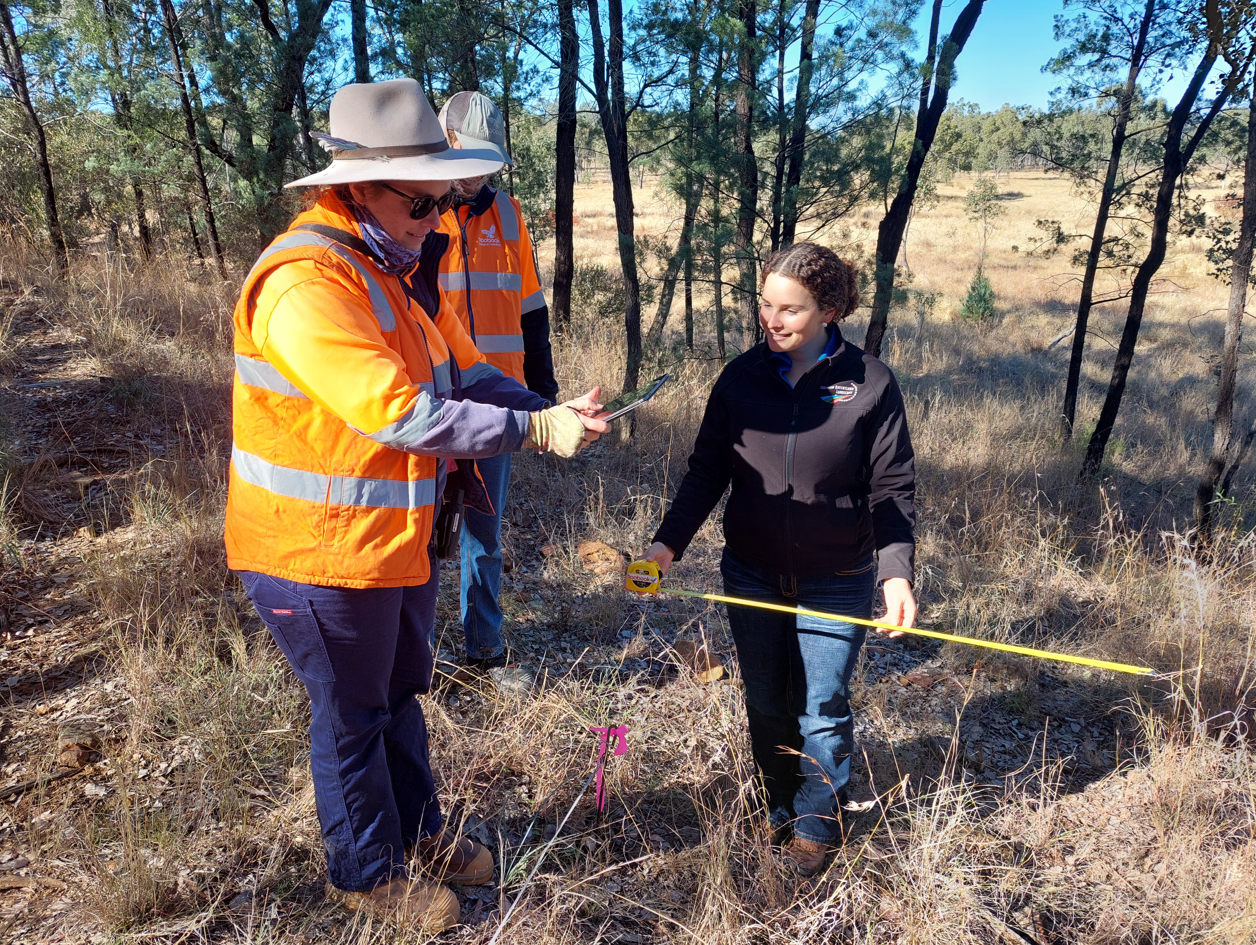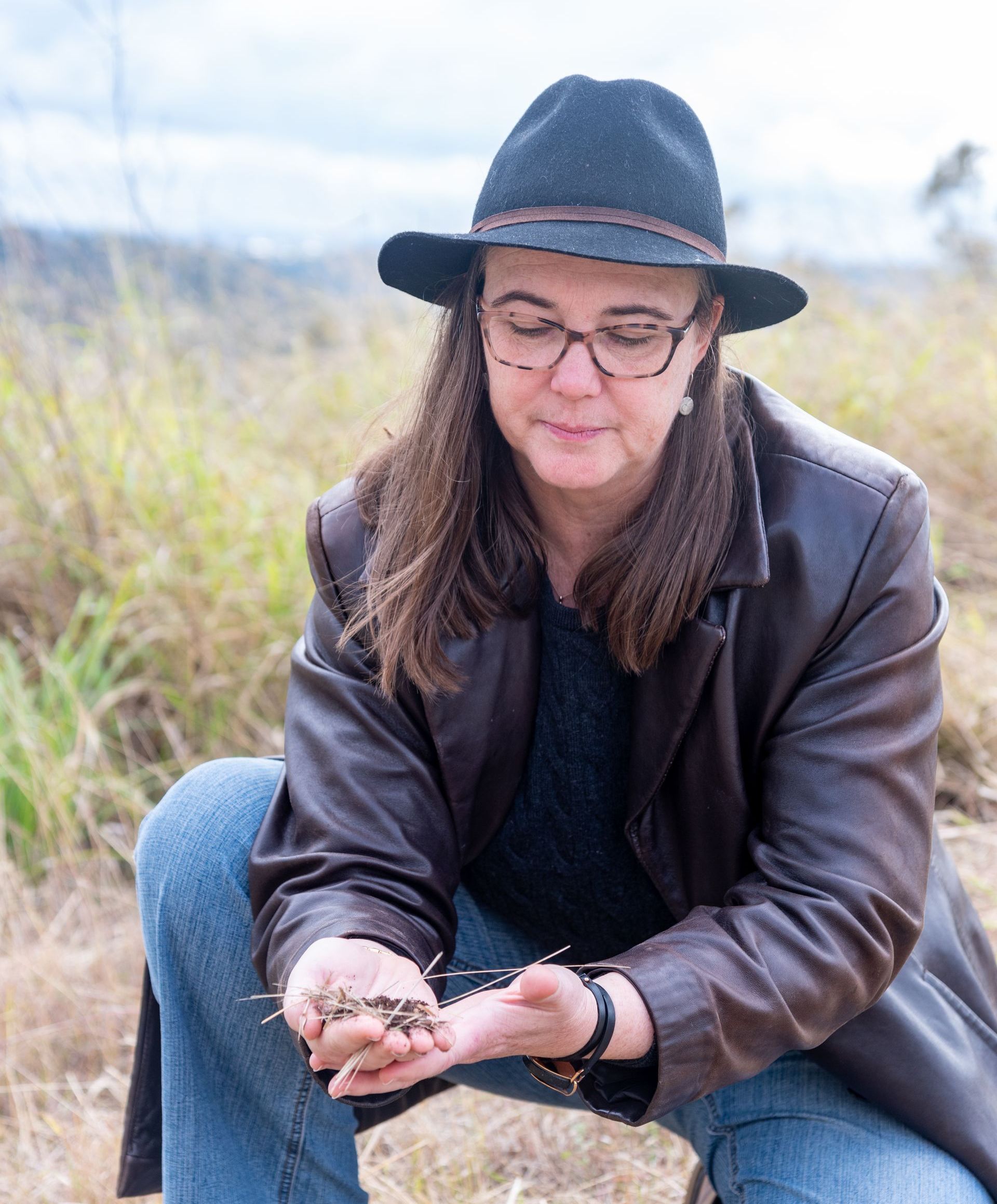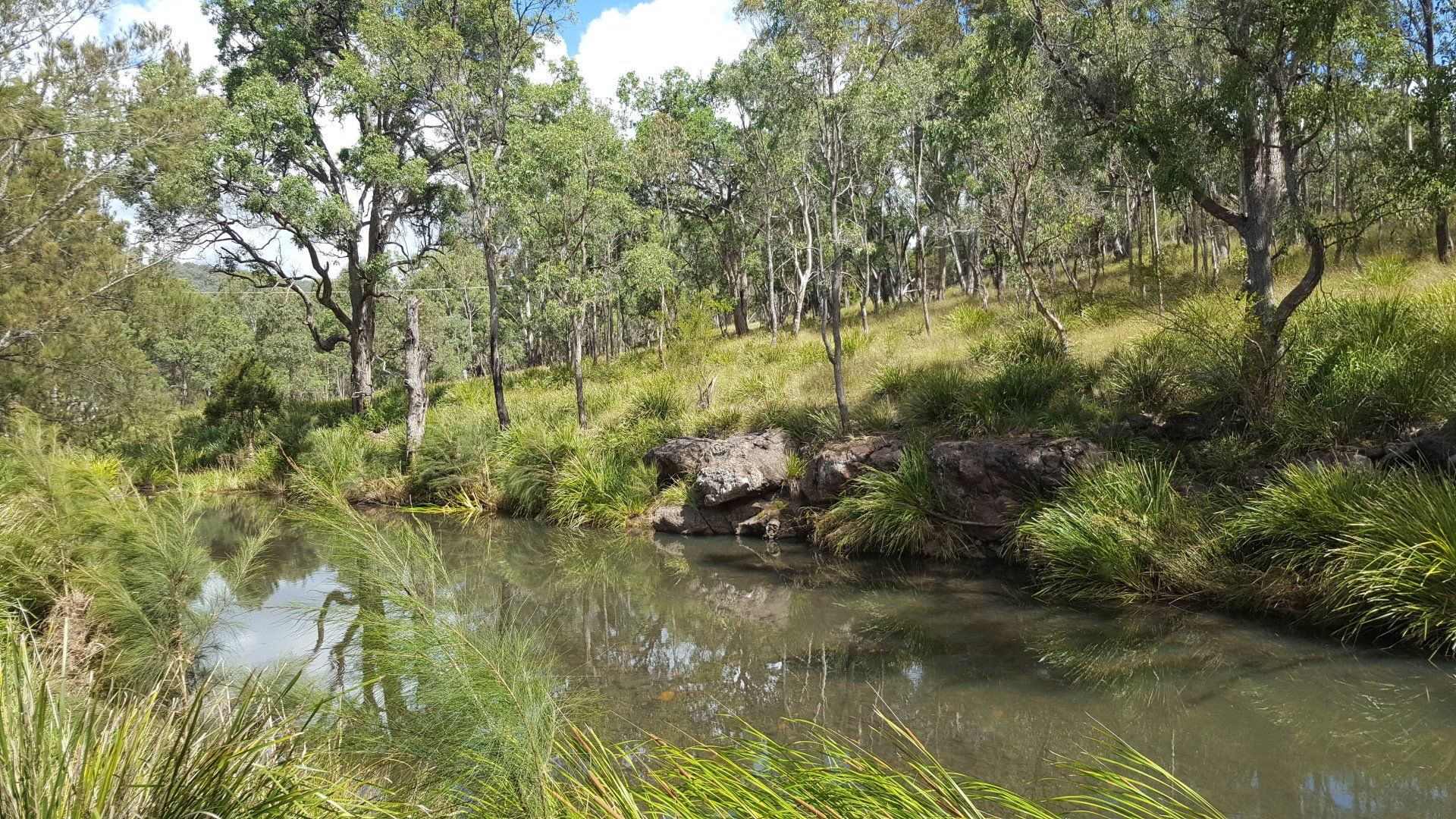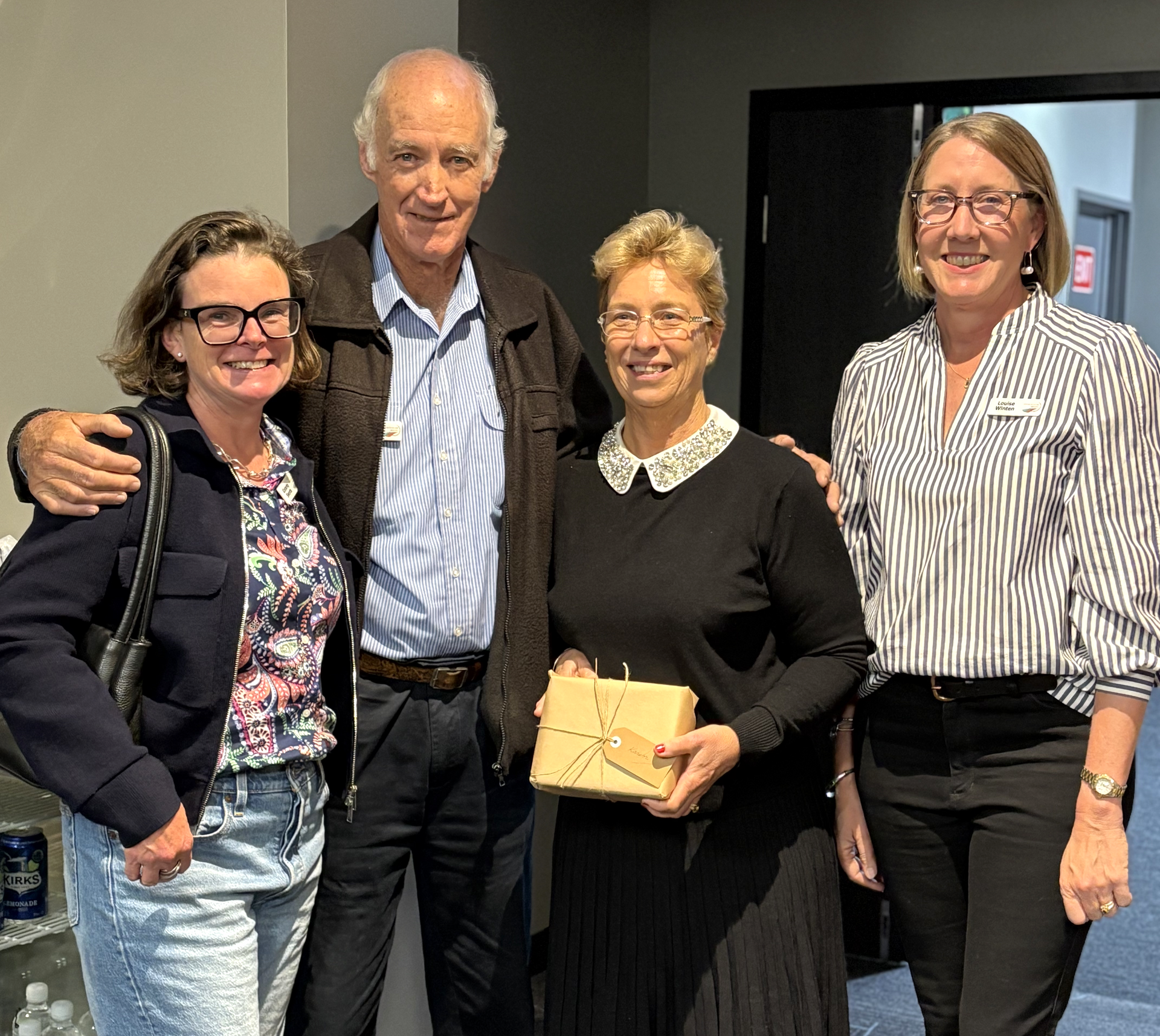Understanding fox genetics and how skulks are related will provide the answers to reducing pest numbers.
That’s according to Macquarie University PhD student Will Ashley who is currently leading research in the area of fox genetics through ‘AusFox’; a volunteer based program gathering European red fox (Vulpes vulpes) DNA samples from throughout Australia.
“Over three years AusFox together with Macquarie University's Conservation Genetic Lab aims to find out how fox populations are related and what landscape features, if any, impede their movement and dispersal,” Mr Ashley said.

Macquarie University PhD student Will Ashley studies fox genetics for his project 'AusFox'.
“Then we’ll take this information and use it to predict how disease will spread through foxes in Australia and furthermore identify the best management approach to control fox populations,” Mr Ashley said.
“So how it works is that we are collecting tissue samples from fox carcasses with the help of volunteers, and from these samples we’ll extract and sequence DNA to create a genetic database,” he said.
“Then we will analyse the data to assess relatedness, dispersal and connectivity and from that we will be able to perform modeling to predict the best way to reduce their impact on human health, the environment and our economy.”
The total annual cost of foxes to the Australian environment and economy is estimated to be $227.5 million.
“AusFox is building on previous research conducted by the Cooperative Research Centre for Pest Animal Control in Canberra which estimates fox populations at more than 8-million throughout Australia, highlighting the significant damage these pests cause to native species and agriculture,” Will Ashley said.
“But for anyone who thinks this is a problem for rural Australia only, they’re wrong because this research found that the density of foxes was actually greater in urban areas than rural areas with around 14 foxes per square kilometre in urban areas, as opposed to 1 fox per square km in rural areas,” Mr Ashley said.
“So studying the genetics of ferals in Australia is a burgeoning market that really needs to be explored in more detail; particularly with the information it can add and the impacts it will have for management options,” he said.
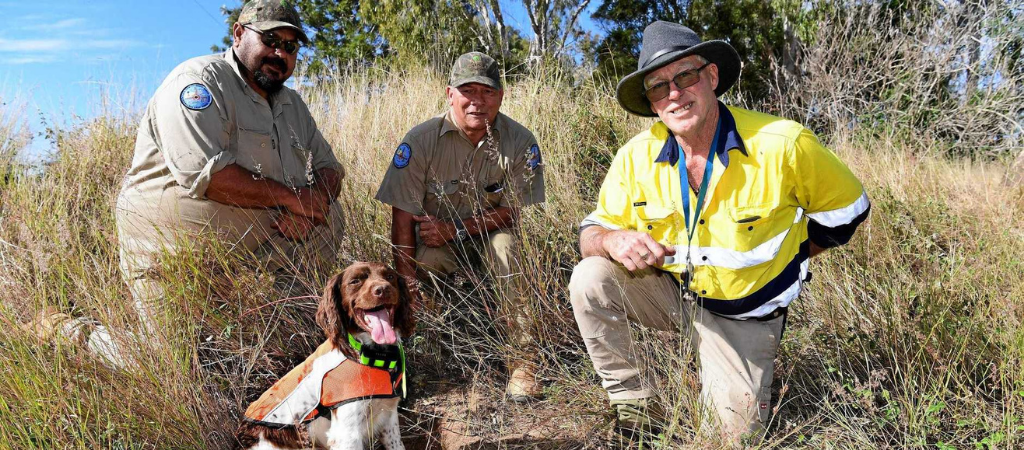
Senior Project Officer Tom Garrett with Conservation Detector Dog Rocky and the Gidarjil Bundaberg Land and Sea Rangers.
Meanwhile, Southern Queensland Landscapes’ Senior Project Officer Tom Garrett is collecting samples for the AusFox project in the Bundaberg to Agnes Waters area of Queensland.
“SQ Landscapes’ conservation detector dog, Rocky, myself and the Bundaberg Gidarjill Rangers have been working very hard to create a buffer zone around Mon Repos and other important turtle nesting areas and we’ve managed to keep that pretty clean of foxes for the past four years or so,” Tom Garrett said.
“The fox DNA work being done by AusFox will help us understand where foxes are coming from and how these buffer zones might be repopulated so we can better prepare our control methods and continue our work protecting these very important turtle rookeries,” Mr Garrett said.
“There hasn’t been broad work in Queensland on fox DNA so I've been collecting samples for national parks and wildlife for 6 years now and we look forward to continuing to collect those samples and now channel those efforts into AusFox’s research,” he said.
AusFox is keen to collect as many samples as possible from right throughout Australia so if you would like to contribute to the research by volunteering to collect fox tissue samples visit
https://www.ausfoxproject.com/how-can-i-help and request a sampling kit.

